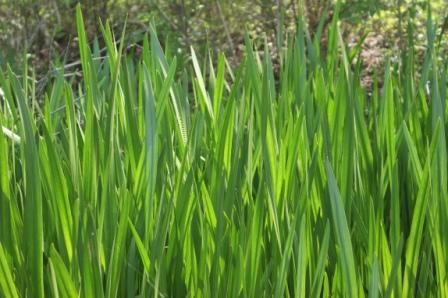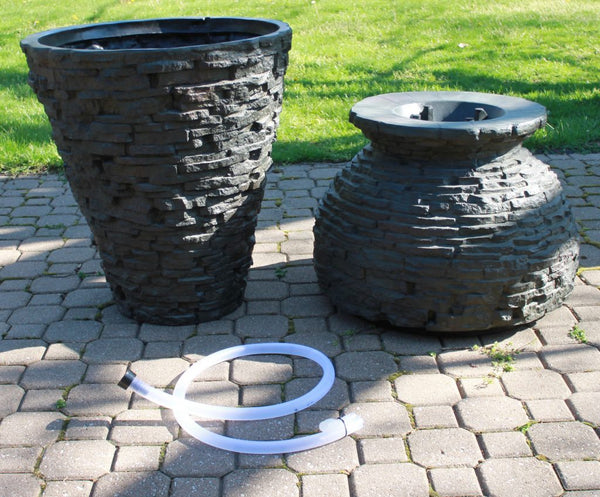If you are the primary lawn care expert of your yard, you know that having a beautiful lawn takes work. But, that hard work will pay off in time. Purdue University’s Department of Agronomy has a great publication discussing this very topic. This publication is quite beneficial for individuals in zone 5 so always consult your state’s local Department of Agronomy or Cooperative Extension to find out more.
Mow at 3 inches
Cool-season lawn grasses such as Kentucky bluegrass, perennial ryegrass and tall fescue found in Indiana and Illinois thrive when mowed at a height of 3 inches or the highest mower setting.
Mow Frequently
Never remove more than 1/3 of the leaf blade in a single mowing. Keep in mind, this might increase the mowing frequency in the spring.
Return the Clippings
A mulching mower is a great way to return the clippings back to your yard. As the clippings decompose, they add valuable nutrients back into the soil.
Fertilize in the Fall
Fertilizing primarily in the fall promotes healthy turf while not stimulating excessive leaf growth. Fertilize a minimum of twice a year, applying 1.0 pound of nitrogen per 1000 ft2 in September and 1.0 to 1.25 pounds nitrogen per 1000 ft2 in early November. If desired, an additional application of 1.0 pound nitrogen per 1000 ft2 in mid-to-late May will keep the lawn green and healthy throughout the summer.
Irrigate
Water only as needed when the lawn first shows signs of water stress. These include a bluish-gray color of the grass and/or depressed footprints that remain visible after walking across the lawn.
Control Dandelions
Following the first five steps will help to reduce the likelihood of dandelions. However, if treatment is needed, a mid-October treatment of a broadleaf herbicide containing 2,4D, MCPP and dicamba are effective. Spot spraying directly on the occasional weed is also an effective control for minor dandelions problems.
Control Crabgrass
If crabgrass is a problem, a preemergence herbicide applied in early spring is most effective.



